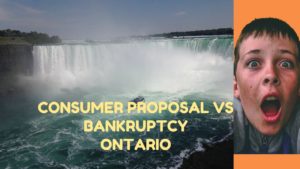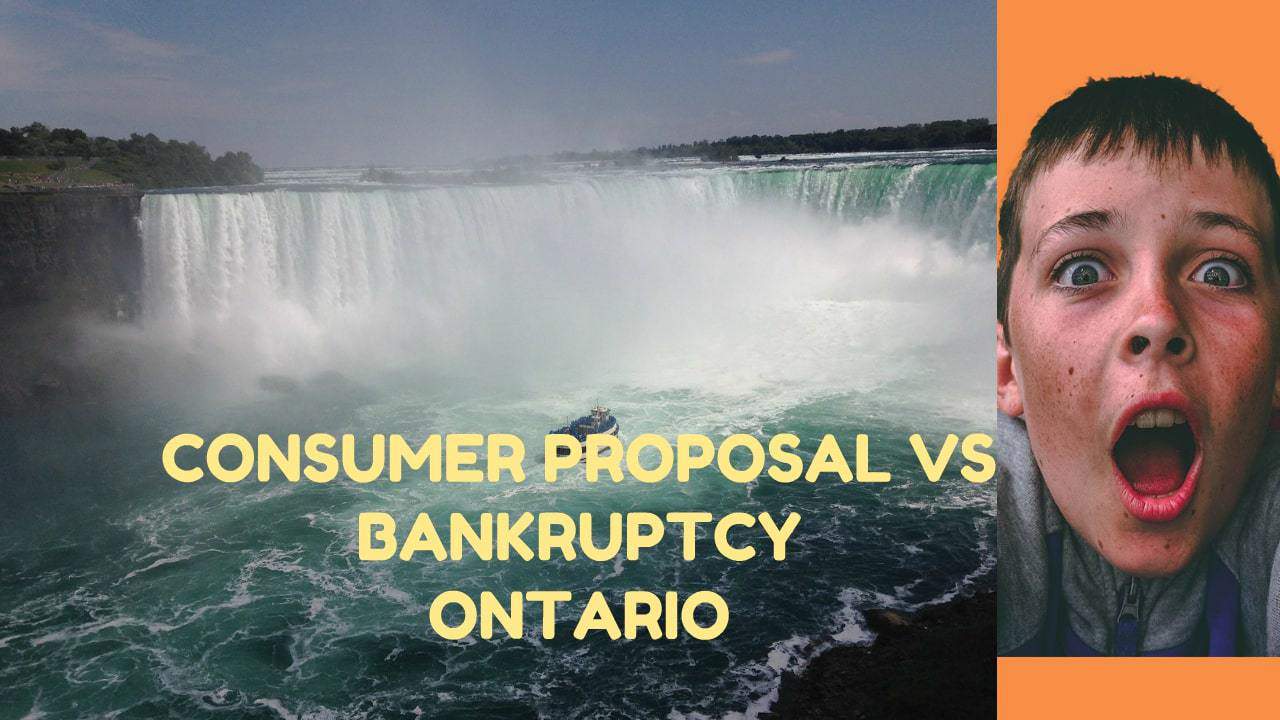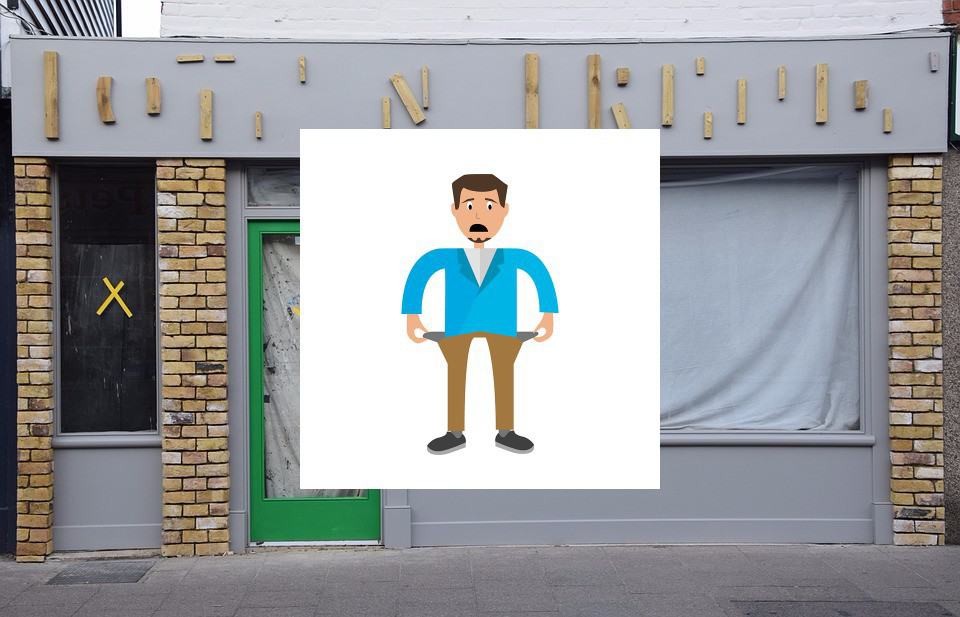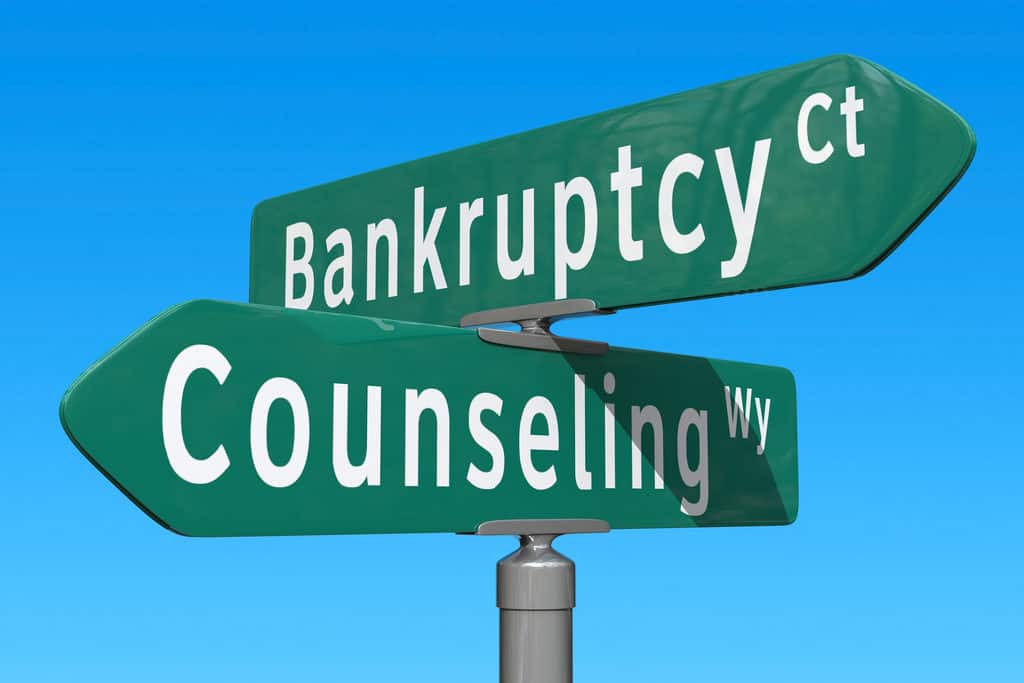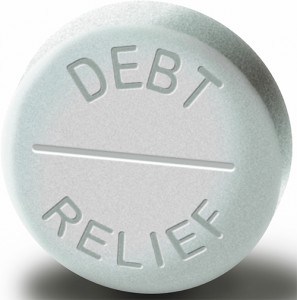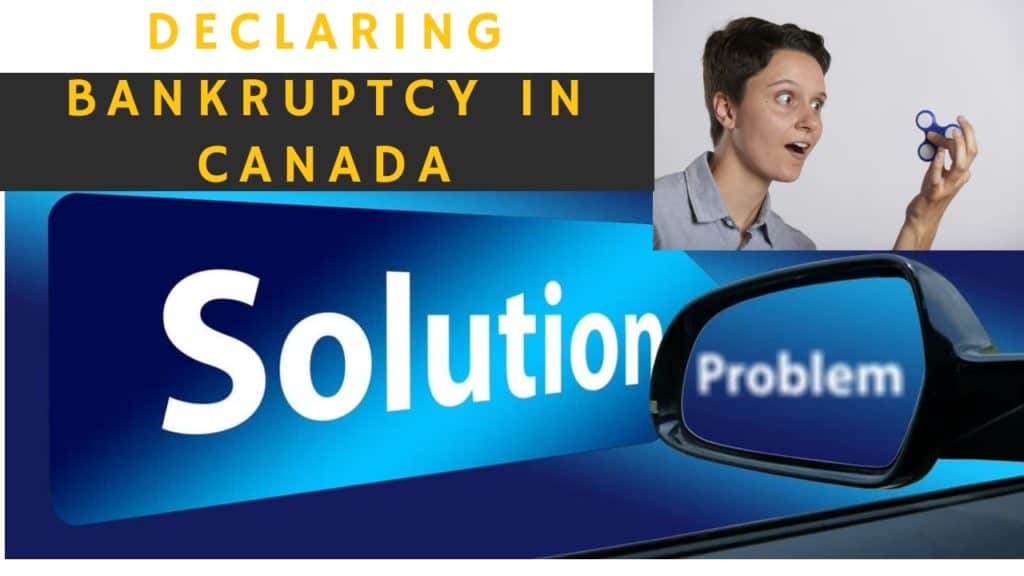
Ira Smith Trustee & Receiver Inc. is absolutely operational and Ira, in addition to Brandon Smith, is readily available for a telephone consultation or video meeting.
If you would prefer to listen to the audio version of this declaring bankruptcy in Canada Brandon Blog, please scroll to the bottom and click play on the podcast.
Declaring bankruptcy in Canada: Introduction
Declaring bankruptcy in Canada is a legal process through which you may be discharged from your financial obligations (with certain minor exceptions). Its purpose is to permit an honest but unfortunate debtor to obtain a discharge from many financial debts, based on affordable conditions.
The Office of the Superintendent of Bankruptcy (OSB) is charged with the administration of the Bankruptcy and Insolvency Act (Canada) (BIA), the Companies’ Creditors Arrangement Act (CCAA) and their respective rules. All documents associated with filings under either of those Acts can be found at the OSB’s internet site. The OSB likewise licenses and supervises the actions of licensed insolvency trustees (LITs ). LITs are accredited to:
- administer the estates of bankrupts;
- manage alternatives to bankruptcy such as consumer proposals and commercial proposals in order for debtors to get creditor protection and restructure in order to avoid bankruptcy; and
- serve as a monitor under the CCAA.
When can you declare bankruptcy in Canada?
Any insolvent person in financial difficulty can declare bankruptcy in Canada any time through a bankruptcy assignment after they have seen a licensed insolvency trustee and made suitable arrangements for the Trustee to administer handle the bankruptcy administration. The bankruptcy trustee prepares the necessary documents for the debtor to sign for filing for bankruptcy.
The licensed trustee then files certain legal documents with the OSB. The OSB then issues its Certificate to evidence the bankruptcy of the person or company. The date and time indicated on the Certificate are when a voluntary bankruptcy starts.
If you are not able to get a LIT to accept your data, or if you cannot afford to work with a LIT in order to declare bankruptcy in Canada, the OSB’s Bankruptcy Assistance Program might have the ability to help. This is provided that you are not and have actually not just recently been, involved in commercial activities or you are not in jail.
What happens when you declare bankruptcy in Canada?
There are three different avenues that can have someone declare bankruptcy in Canada:
- Voluntary assignment – A financially troubled insolvent person or company can make a voluntary assignment in bankruptcy. This is where they voluntarily make a general assignment in bankruptcy for the general benefit of all of their creditors.
- Bankruptcy application – A creditor who is owed at least $1,000 on an unsecured basis submits an application to the court for obtaining a bankruptcy order against the debtor and the debtor’s property.
- Deemed bankruptcy – When a debtor who has made the choice to start an insolvency process under the BIA to gain debt relief through trying to restructure their unsecured debt, has fallen short to satisfy the requirements for:
- submitting a Division I proposal;
- gaining the necessary votes in favour of the proposal from the unsecured creditors; or
- obtaining court approval for the proposal.
Under a deemed bankruptcy, the moment the debtor fails in one of these ways, the BIA says that the debtor is deemed to have made an assignment in bankruptcy.
The bankrupt is able to earn a living after filing for bankruptcy. For this objective, the bankrupt can work or run a company, after the bankruptcy event. However, an undischarged bankrupt cannot be a director of a company. Also, upon the onset of the bankruptcy, the debtor must turn over to the licensed insolvency trustee, any shares of companies owned by the bankrupt.
The Trustee will send a notice to your creditors informing them of the bankruptcy. If there needs to be a meeting of creditors, the Trustee will hold it. The Trustee will also provide the bankrupt person with two credit counselling/financial counselling sessions with an individual who is an OSB qualified credit counsellor from the Trustee’s office, as part of the overall bankruptcy administration.
As you can see, not every way of declaring bankruptcy in Canada is totally voluntary.

Declaring bankruptcy in Canada: What assets do you lose in bankruptcy?
One of the most important tasks a Trustee has in the entire personal bankruptcy process or corporate bankruptcy process after the debtor chose declaring bankruptcy in Canada is to:
- take an inventory of the debtor’s assets;
- make sure they are physically secure and insured;
- formulate a plan to sell the assets for the most amount possible under the circumstances;
- review the financial affairs of the bankrupt, including the household income and financial situation of the bankrupt in a personal bankruptcy filing, and prepare a report to the creditors; and
- then pay a dividend to the creditors.
There are however certain exemptions allowed for people. Few are based on federal law. Most are based on provincial law. So exempt assets may differ from province to province. In Ontario, assets that are exempt, and therefore not subject to seizure by a Trustee, are:
- The equity in your home of no greater than $10,000.
- A vehicle with an equity value of no more than $6,000.
- Garments and medical/dental aids.
- Household furnishings up to a worth of $13,100.
- Tools of the trade with a value of no greater than $11,300.
- Pension plans, RRIF, RRSP (other than any kind of RRSP payments made within 12 months of the date of bankruptcy).
- Farmers– no greater than $29,100 for animals and also tools & equipment.
Even though someone has decided that filing bankruptcy is the route they must go, there are certain assets they will not have to give up.
Declaring bankruptcy in Canada: Does Bankruptcy clear tax debt in Canada?
The short answer is yes. Income taxes payable calculated on your tax return but not paid is a type of debt that is released when a person gets their bankruptcy discharge. However, you should know that there is a wrinkle for anyone who owes $200,000 or more in income tax debt and if that debt to Canada Revenue Agency (CRA) equals 75% or more of the total unsecured proven claims in the bankruptcy. If that is the case, then that affects the bankrupt’s ability to get a discharge after declaring bankruptcy in Canada.
If it is the person’s first time filing bankruptcy and they do not have to make surplus income payments, then they are still entitled to a discharge after 9 months from the date of bankruptcy. If it is their first time but they do have surplus income payments, then they cannot apply for a discharge until after 21 months.
If this is the person’s second time filing bankruptcy, if they do not have any surplus income payments, then rather than being able to apply for a discharge after 9 months, they must wait 24 months. If they do have surplus income payments, then it is extended to 36 months.
If someone has been bankrupt more than one time before and has at least $200,000 of income tax debt representing 75% or more of the total proven unsecured claims, then regardless of their surplus income payment situation, they must wait 36 months.
Such a bankrupt is called a high tax debtor. A high tax debtor is not entitled to have the Trustee issue an automatic bankruptcy discharge when the time has expired. Rather, there must be a court hearing for the bankrupt’s application for discharge.
CRA will oppose an absolute discharge at least on the basis of the fact that they are a high tax debtor. The Trustee does not have to oppose the discharge on this basis. However, if the bankrupt has failed to live up to any of their duties, including making the required surplus income payment, the Trustee will oppose.
The court will make a conditional order of discharge. At least one of the conditions will be to pay a certain amount to the Trustee for the benefit of the unsecured creditors. The amount depends on the unique circumstances of that bankrupt, but you can assume that the amount will be about 25% of the income tax owing.
So anyone how has income tax debt and is contemplating declaring bankruptcy in Canada, needs to look at their total liabilities carefully. If at all possible, you do not want to be a high tax debtor when declaring bankruptcy in Canada.
Declaring bankruptcy in Canada: What debt does bankruptcy not cover?
Some people think that in a personal bankruptcy filing, the bankruptcy filing itself is what eliminates the person’s debts. That is wrong. At the moment of declaring bankruptcy in Canada, nothing actually happens to your debts. It is the person’s discharge from bankruptcy that “discharges” the person from their debts.
Yet, there is still a category of debts that are not covered and not discharged when a personal bankruptcy discharge occurs. The debts that are not covered or discharged, are outlined in section 178(1) of the BIA. These such debts are:
- any type of penalty, fine, restitution order or other order comparable in nature to a penalty, fine or restitution order, enforced by a court in regard of an offence, or any kind of debt developing out of a recognizance or bond;
- any damages award by a court in civil process for:
( i) physical injury intentionally caused, or sexual assault, or
( ii) wrongful death resulting therefrom; - any type of financial debt or responsibility for spousal support or alimentary pension;
- any kind of financial obligation or liability developing under a judgment establishing an association or about support or maintenance, or under an agreement for maintenance and support of a spouse, former spouse, previous common-law companion or child not living with the bankrupt;
- any type of financial obligation or liability occurring out of fraudulence, embezzlement, misappropriation or defalcation while acting in a fiduciary capacity or, in the Province of Quebec, as a trustee or administrator of the property of others;
- any financial debt or liability resulting from getting property or services by false pretenses or fraudulent misrepresentation, apart from a debt or responsibility that arises from an equity claim;
- liability for the dividend that a creditor would have been qualified to receive on any kind of provable claim not disclosed to the trustee unless the creditor had notification or understanding of the bankruptcy and fell short to take reasonable activity to confirm the claim; or
- student loans if the bankruptcy filing happened before the person stopped being a full or part-time student or within seven years after the day on which the bankrupt stopped to be a complete- or part-time student
Declaring bankruptcy in Canada summary
I hope you enjoyed this declaring bankruptcy in Canada Brandon Blog post. If you are concerned because you or your business are dealing with substantial debt challenges and you assume bankruptcy is your only option, call me. It is not your fault that you remain in this way. You have actually been only shown the old ways to try to deal with financial issues. These old ways do not work anymore. The Ira Smith Team utilizes new modern-day ways to get you out of your debt difficulties while avoiding bankruptcy. We can get you the relief you need and so deserve.
The tension put upon you is big. We know your discomfort factors. We will check out your entire situation and design a new approach that is as unique as you and your problems; financial and emotional. We will take the weight off of your shoulders and blow away the dark cloud hanging over you. We will design a debt settlement strategy for you. We know that we can help you now.
We understand that people and businesses facing financial issues need a realistic lifeline. There is no “one solution fits all” method with the Ira Smith Team. Not everyone has to file bankruptcy in Canada. The majority of our clients never do. We help many people and companies stay clear of bankruptcy.
That is why we can establish a new restructuring procedure for paying down debt that will be built just for you. It will be as one-of-a-kind as the economic issues and discomfort you are encountering. If any one of this seems familiar to you and you are serious about getting the solution you need, contact the Ira Smith Trustee & Receiver Inc. group today.
Call us now for a no-cost consultation.
We will get you or your business back up driving to healthy and balanced trouble-free operations and get rid of the discomfort factors in your life, Starting Over, Starting Now.
Ira Smith Trustee & Receiver Inc. is absolutely operational and Ira, in addition to Brandon Smith, is readily available for a telephone consultation or video meeting.

